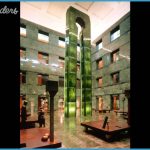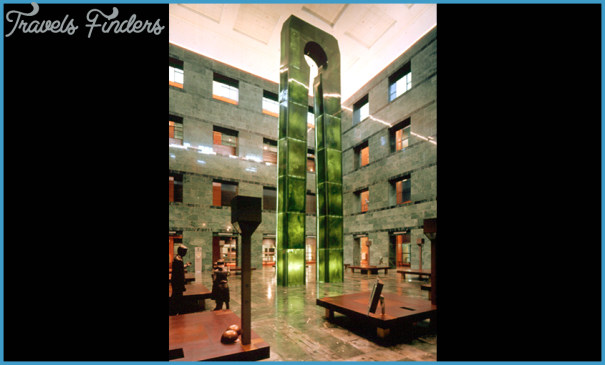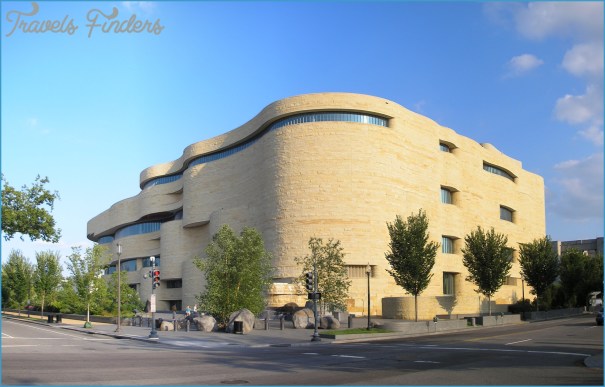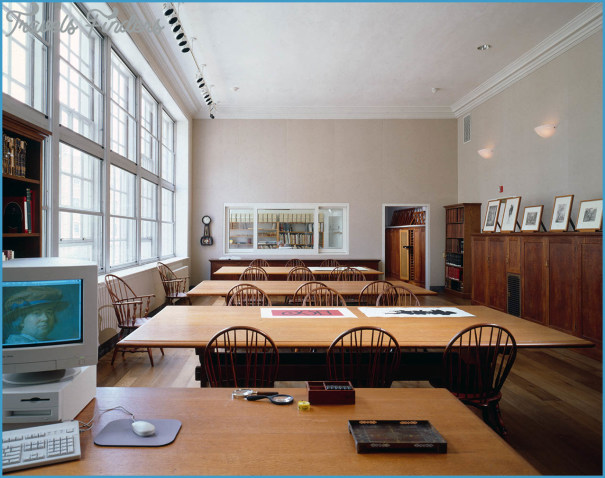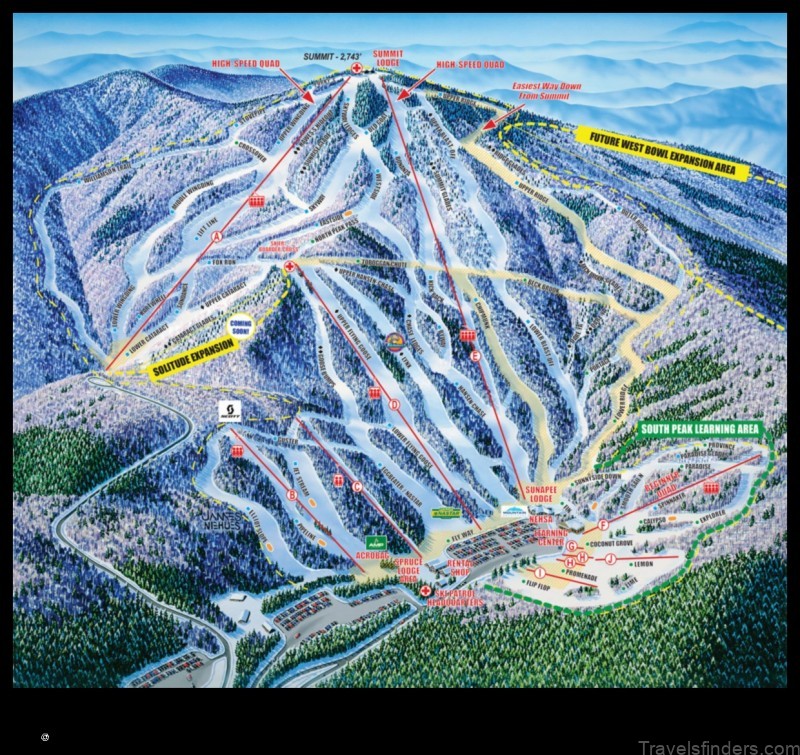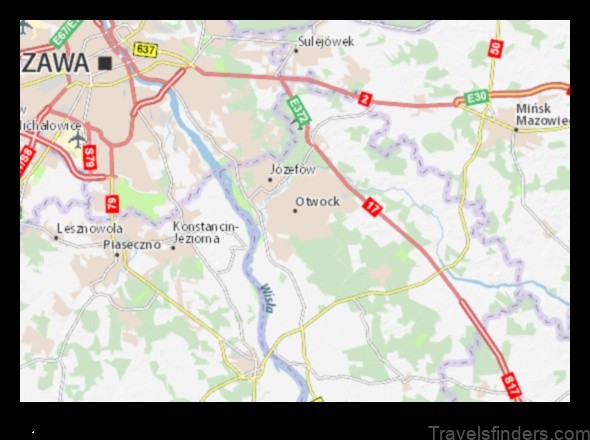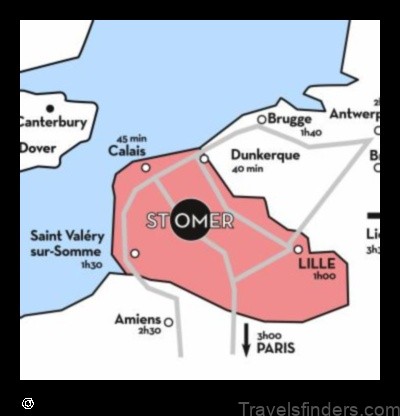SVERUD MUSEUM
Some six kilometres south of the well-known Grieg museum at Troldhaugen, on the road towards the museum to Ole Bull at Lys0en, lies the museum to Harald Ssverud (1897-1992). Ssverud was a prominent figure in Norwegian music during almost the entire 20th century. Like Grieg, he was born in Bergen – to a father from a local farming family and a mother from a family of fiddle players in the Hardanger region.
As a young man, Ssverud made a reputation as a composer of symphonies and other extended works, moving towards an expressionist style; he had had some training in Berlin but was chiefly a product of Norway and spent most of his long life in or near Bergen. During and after the years of German occupation he wrote more turbulent, nationalistic music, including three war symphonies, as well as piano pieces drawing on Norwegian folksong. In 1953 he was awarded a state pension, and he continued composing for virtually the rest of his life – a major symphonic work for the Bergen International Festival in 1986, a viola sonatina at 92. His output includes nine symphonies, several concertos, a Peer Gynt suite and much chamber music.
SVERUD MUSEUM Photo Gallery
Ssverud married in 1934. Among the wedding presents that he and his wife, Marie Hvoslef, received from her family was an estate of more than 70 hectares just south of Bergen. There they built a mansion, Siljustol, designed by the composer himself in conjunction with the architect Ludof Eide Parr, of more than 60 rooms; they moved in in 1939. The locals dubbed it the music castle’. Built of the local materials, natural granite and untreated pine, it is 14 km south of the centre of Bergen, close to the 553 road, beyond Troldhaugen, near the village of Fana; it is set in a hilly garden, in parkland by the sea. Ssverud himself is buried in the garden. Siljust0l, the largest private house in western Norway when it was built, became in part a museum to Ssverud in 1997, on his centenary; it is administered from the Grieg museum at Troldhaugen. Part of the original building remains a private residence for the Ssverud family but the wing-like section joined to the main body of the house at 135° and the rooms adjacent to it form the museum. There are three floors. The lowest includes a museum shop, where CDs of his music can be bought. On the upper floors rooms are preserved much as they were in Ssverud’s day, with his piano and other furniture, much of it built to his own designs and some embodying his own painting. There are displays of folk instruments, as well as his scores, sketches and programmes and his library. Several of the pictures are the work of his wife, a painter, and other family members, and there is a vivid display of photographs. Everything is slightly out of the ordinary – examples of naive art, a Turkish octagonal table, a spinning-wheel, ceiling decoration around where the annual Christmas tree stood. Concerts are given in the wood-panelled living-room each Sunday in July (it seats over 30) and four times during the Bergen festival, in May and June.



